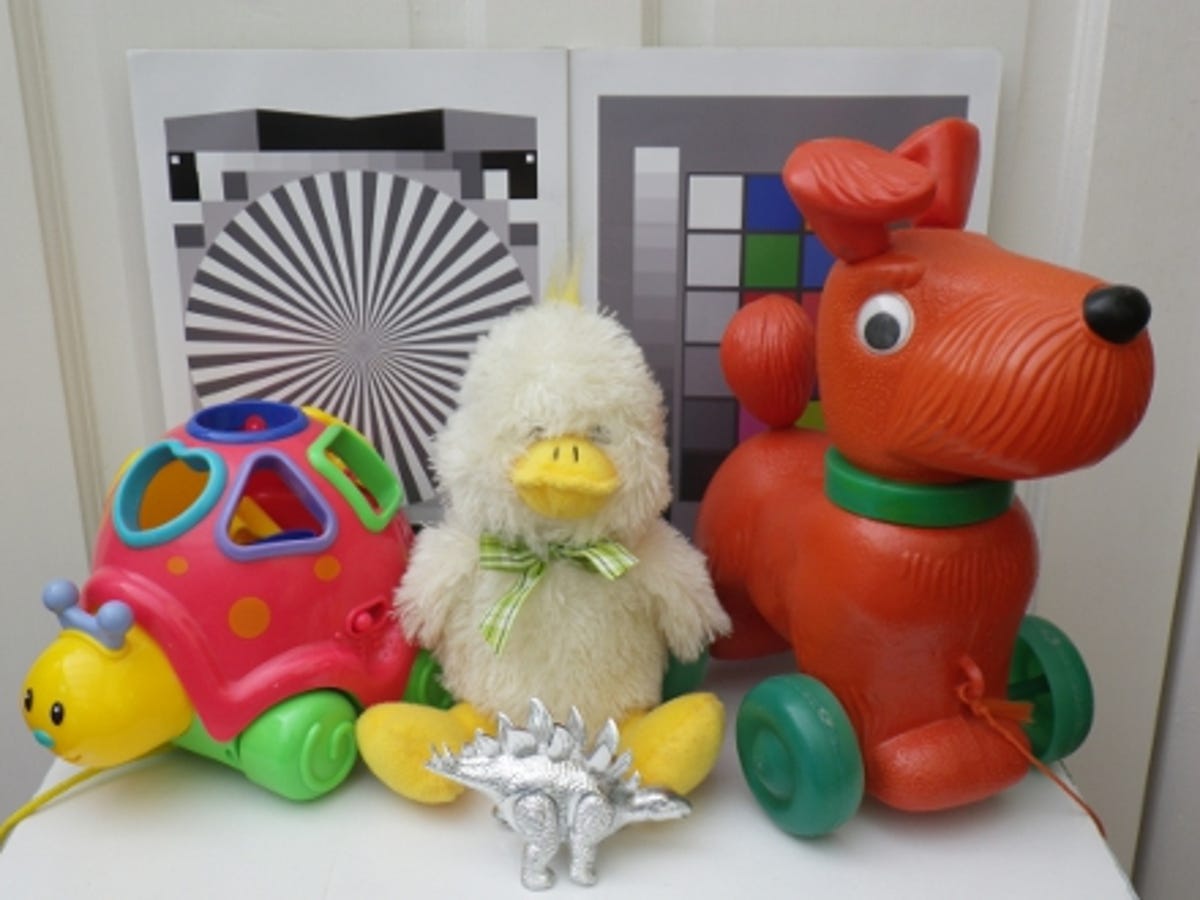 Why You Can Trust CNET
Why You Can Trust CNET Pentax Optio WG-1 review: Pentax Optio WG-1
Tougher than old boots, the Pentax Optio WG-1 rugged camera is ready for almost anything. It takes a decent photo too, and comes with some useful bonus features.
When the going gets tough, the tough get using their Optio WG-1. At least, that's what Pentax would like them to do. The WG-1 is yet another rugged camera but this one isn't just waterproof -- it's almost everything-proof. At around £210, it could be the ideal snapper to take with you on your adventures.
The Good
The Bad
The Bottom Line
Case
With its heavy-duty plastic mouldings and rugged design, the WG-1 looks more like a piece of orienteering equipment than a digital camera. That's even more true once you attach the rock-climbing-style carabiner strap that comes supplied with the device.

The WG-1 is designed for extreme conditions, so it's waterproof to 10m, freezeproof to -10°C, and shockproof from heights of up to 1.5m. It's also crushproof to 100kg. As such, the WG-1 compares well with rival rugged cameras in terms of what it can withstand.
If you're looking to go deeper still, however, the Panasonic Lumix DMC-FT3 has the edge, with waterproofing to murky depths of 12m. For the DMC-FT3's extra 2m, plus added GPS support, you'll shell out around £60, however.
The WG-1 survived our simulated 'extreme' conditions, including being immersed in a baby bath and being sat on by a journalist.
For geotagging globetrotter types, it's worth pointing out that a GPS-enabled version of the WG-1 is also available. It's called, imaginatively enough, the WG-1 GPS. It sells for around £40 more than the standard model but looks practically identical.
Specs
On the photographic side, the WG-1 has a 5x wide-angle zoom lens (equivalent to 28‐140mm in 35mm terms) and a 14-megapixel image sensor that's capable of capturing photos at resolutions of up to 4,228x3,216 pixels.
It can also record video clips at up to 720p. A mini-HDMI socket allows you to connect the camera to a high-definition TV and watch your movies on the big screen. The WG-1's wide-screen, 2.7-inch LCD display is sharp and bright, with an anti-glare coating.
The WG-1's design won't appeal to everyone. It's a deliberately macho-looking device, and it's not particularly small.
The WG-1 is fairly easy to use. The rubberised buttons are easy to press, unlike on some toughened cameras, and the layout of the controls is very familiar. There's no dedicated video-recording button, unfortunately, but Pentax has found room for stand-alone controls for turning the face-detection and smile-capture features on and off.
Shooting modes
A mode button provides access to the WG-1's 24 different shooting modes, each one represented by a little colour icon. These include the usual suspects, such as auto mode, program, movie, night scene, portrait, landscape and so on.
On top of these, you'll find some more intriguing options, including underwater still and movie modes, as well as something called 'digital microscope'. Pentax describes the latter as a way to 'capture bigger images of closer objects'. In fact, this feature is a combination of macro mode and digital zoom, allowing you to get up-close and personal with the tiniest details of your subjects. It's not without its failings -- you need to keep a steady hand, and the digital zoom makes the image look rather pixellated, as you can see from our test shot -- but it's an interesting extra nonetheless.
Picture quality
We like the WG-1's photos. They tend to be on the soft side compared to the output from many other compacts, but this didn't bother us too much. In standard daylight conditions, colours look natural and realistic. Skin tones are reproduced faithfully, without any of the pinky hues that sometimes affect portrait shots.
There's some evidence of grain in areas of solid colour but we've seen worse. The same goes for purple fringing, which is evident in some shots but not to the detriment of the overall image.
The quality of interior shots is very much dependent on how much ambient light you have at your disposal. Sensitivity settings scale up to ISO 6,400 but there's an early tipping point as light sources diminish, after which the image becomes grainy and discoloured. Your alternative is to use the built-in flash. There are also five LED lights positioned around the lens, although these are mainly intended for close-up shots.
The camera is reasonably fast, leaping to life from standby in less than 2 seconds. Battery life is about average, lasting approximately 260 shots on a full charge.
Conclusion
The Pentax Optio WG-1's picture quality is very appealing, and a large selection of extras makes it one of the better rugged cameras around. At around £210, it's reasonably priced too.
Edited by Charles Kloet


